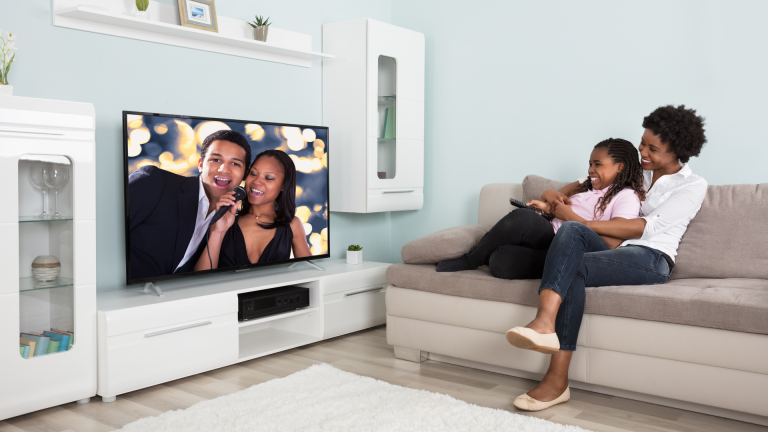Voice assistants are already making users’ lives easier, more efficient, and faster. Searches that would otherwise take several steps to complete or require users to switch between devices can be completed seamlessly through a single voice command. The ease of use and improved functionality with voice crafts exceptional user experiences that foster increased brand loyalty, evangelism, reviews, and even revenue.
The ubiquity of voice assistants and the benefits to users and companies have made their way to the media industry where a variety of companies, including Netflix, are realizing the many possibilities for increased functionality and even monetization through voice AI.
According to a study by the National Research Group, the top media-related uses for voice assistants are:
- Listening to music
- Controlling the TV
- Opening a channel or streaming service
- Playing a TV show or movie
- Getting a TV show or movie recommendation
Voice assistants excel at finding and bringing up content quickly and easily and extend the functionality of the device by allowing users to do more, faster than they could through typing, swiping, and searching manually.
Voice assistants particularly shine when the user is far away from the device, their hands are occupied, or it would be otherwise inconvenient to make selections manually, such as having to use small arrow keys to type. From media apps on smartphones to voice-enabled televisions, voice assistants create many new possibilities for how users can interact with their devices and how brands can offer superior customer service.
Here are 5 ways voice assistants improve functionality for media devices by creating new use cases:
- TV operations
- Voice ads and monetization
- Content discovery and search
- Eliminating context switching
- Integrating with smart home technology
1. TV use cases expand with voice
TV manufacturers are continuously updating set and remote designs to create the most seamless, efficient, and accessible experience possible for their viewers. First, there were remotes and improved settings, then smart TVs with personalized settings, and now, voice assistants are delivering the best, frictionless TV watching experiences.
While many people still use voice assistants for only the most basic commands, the current voice AI technology available can already provide conversational experiences. A prime example is the query, “What did they say?” Without a voice interface, the only way to determine what was said would be to pause, rewind, and turn on closed captions. The process is so frustrating and tedious that some platform vendors have even added automatic captions when you rewind because they’re so difficult to find. Instead, with voice, it can be achieved in a single step.









